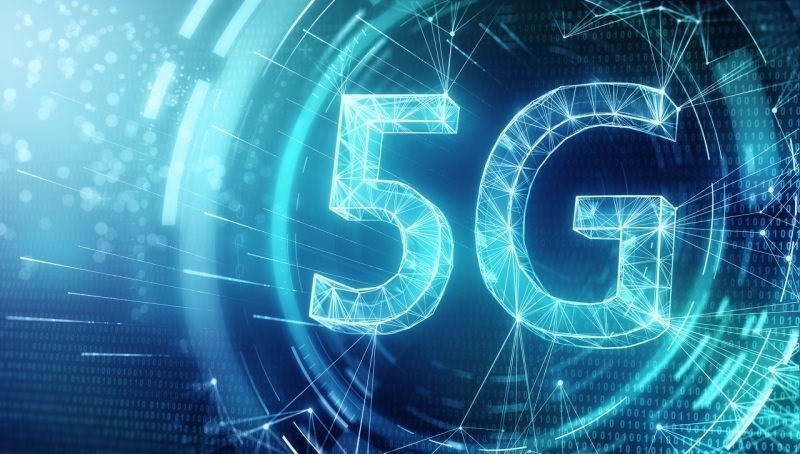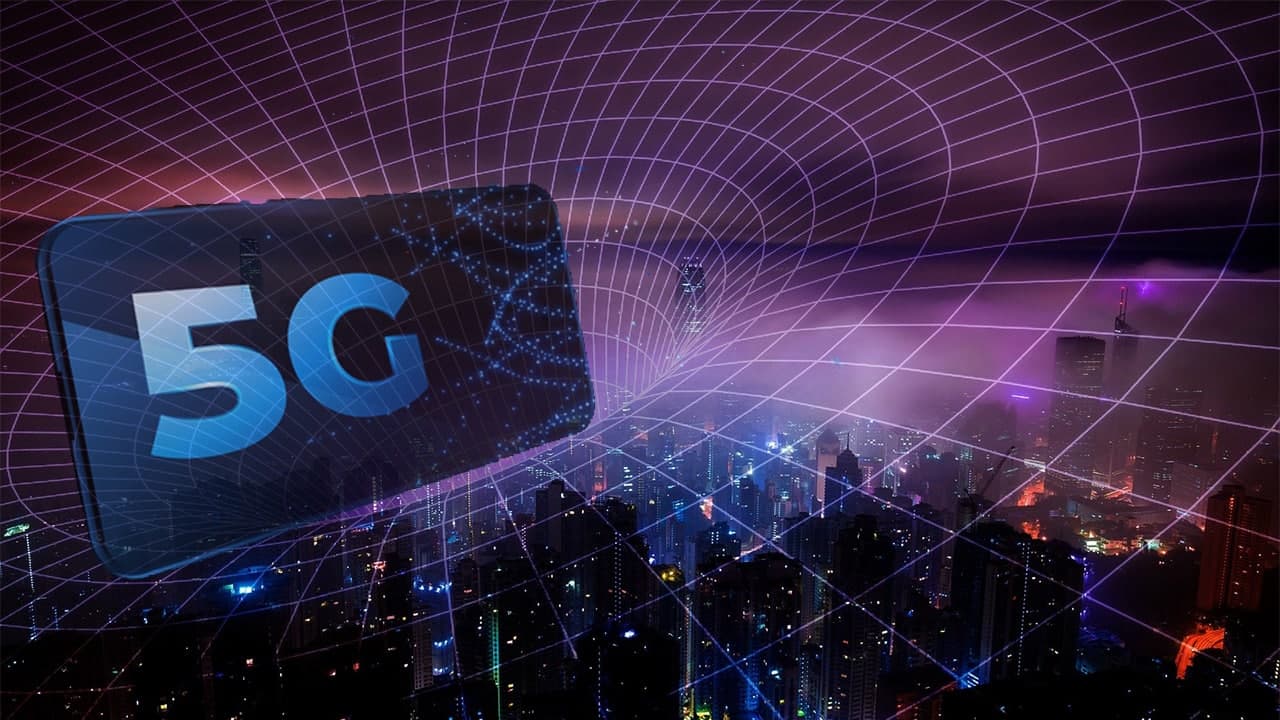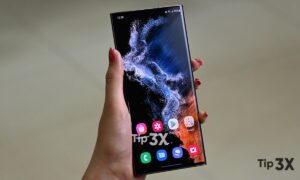The first thing you have to understand is that there isn’t just one type of 5G. Unlike 4G, which is essentially one small range of speeds, 5G can be broken down into three different categorizations, or “bands:”
- Low-band (600–700 MHz): this is the slowest 5G connection, and provides a marginal boost over 4G speeds. Categorized under Frequency Range 1 (FR1), aka “sub-6,” as in under 6 GHz.
- Mid-band (2.5–3.7 GHz): this is the mid-level 5G connection, providing much faster speeds than 4G. Also categorized under FR1.
- High-band (25–39 GHz): Signals in Frequency Range 2, also known as mmWave. This is 5G at its best, providing speeds and latency that rival or even surpass what you can get with the best home internet connection.
How Do You Know What 5G Connection You’re Near?
If you use Verizon or AT&T, then the first thing you should do is check the 5G icon in the status bar of your phone. If you only read 5G, it means you are connected to a low-band or mid-band 5G network. However, if you look at 5G UWB (Verizon) or 5G+ (AT&T), you are connected to the mmWave network. These icons indicate that you are in an area that supports possible 5G.
Unfortunately, this trick only applies to Verizon and AT&T. T-Mobile will not change its 5G icon when switching between mmWave and mid-and low-band services. Sprint does not have equipment that can reach millimeter waves, so it will not cause confusion.
However, checking your phone’s status icon is not the most accurate way to know which type of 5G is supported in your area. For this, you should check the latest 5G information in your career. They will have a growing map of 5G network coverage, including the types of 5G they offer.
Buy the Right Phone
Not all 5G is equal, and neither are all 5G phones. It all comes down to the bands built into the phone. If it has bands capable of connecting to both mmWave and sub-6, you’ll be set wherever you go. However, if it can only connect to lower 5G bands, you’ll never be able to take advantage of mmWave speeds.
There are four bands that can currently connect to mmWave — n257, n258, n260, and n261. In order to know whether a phone can connect to mmWave, you need to check out its specifications ahead of time and look for at least one of those four bands. If you don’t see any, the phone isn’t mmWave-ready.















